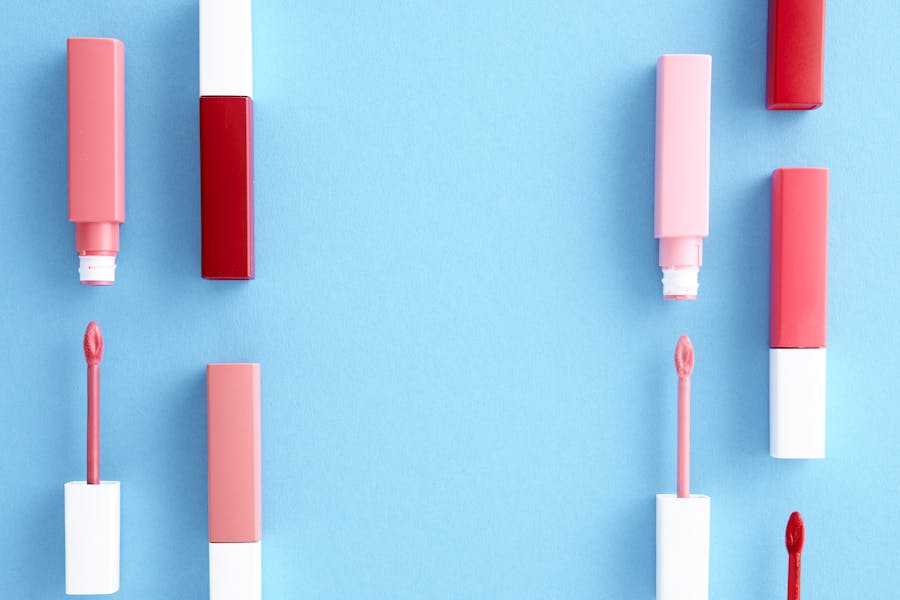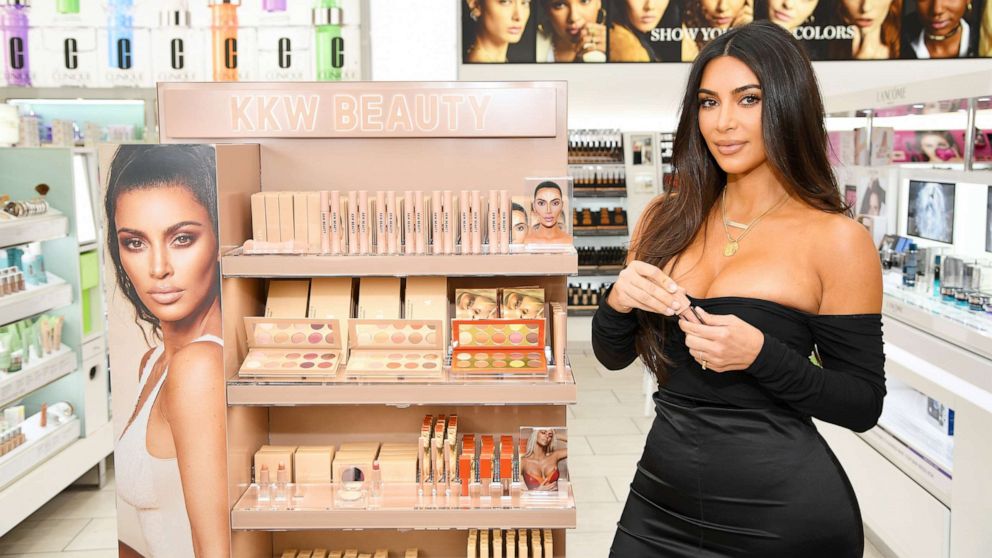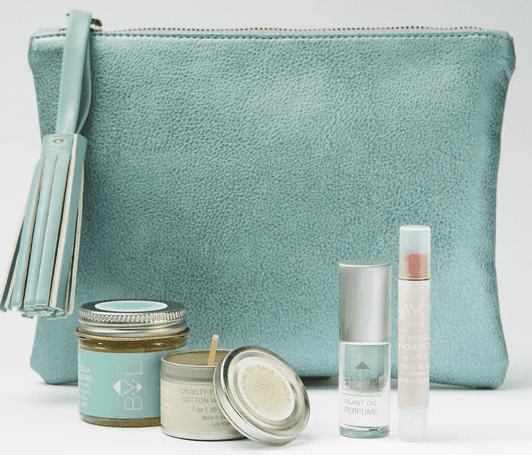Celebrity Cosmetic Brands: The Secrets Behind Their Success (And Failures)
The world of cosmetic brands is a whirlwind of trends. When new beauty trends make waves. new products and brands take center stage, leaving others scrambling to keep pace. But lately, a new breed of cosmetics has emerged, promising not just the latest looks, but a unique perspective: celebrity-owned cosmetic brands.

Gone are the days when celebrities were mere faces behind popular beauty brands. Today they are the creative minds behind some. After all, they are often the drivers of various beauty trends. Naturally, people look up to them for ideas, for recommendations. Therefore, the beauty products that they create totally make sense from a business point of view!
What most people see is that their star power attracts a loyal following. But there’s another side of celebrity beauty brands that’s often not discussed. The fame that fuels the popularity of their brands can often be a double-edged sword. These brands face unique challenges, and only a select few manage to overcome them and achieve lasting success.
So, this blog is going to be about both of these sides of celebrity-owned cosmetic brands. We’ll explore the triumphs and the pitfalls, examining what makes these ventures thrive or fade.
The Beauty Battleground: Celebrity Brands vs. Traditional Brands
A NielsenIQ survey showed that by the end of 2023, celebrity beauty brands hit $1.091 billion in sales. So the sector is thriving. However, the initial hype, the excitement of trying something new created by a favorite celebrity fades. Because celebrity-owned cosmetic brands have their fair share of challenges to tackle. Let’s talk about a few of them.
Living up to the hype
Unlike normal cosmetic brands, celebrity beauty brands create a lot of buzz even before launch. Sometimes this can be deafening. Furthermore, it raises the standard, and therefore the brand then has a lot of hype to live up to!
Furthermore, from the product quality to the brand personality, customers tend to have preconceived notions about cosmetic brands from celebrities. As a result, if the product falls short, even if it’s just a little, then it gets tough for the brand to take off!
Celebrities who have managed to successfully grow their cosmetic brands over the years have achieved this by:
- Clearly defining their brand’s USP.
- Consistently focusing on quality.
- Narrowing down and focusing on specific niches.
- Shaping strong brand personalities.
- Defining what their brand stands for.
A good example here is Rihanna’s Fenty Beauty. This beauty brand started with a bang. Its inclusive launch trailer was lauded by the internet audience.
Garnering about 132 million views, this became the biggest beauty brand launch on YouTube. With the foundation laid strongly, the brand built over it steadily over the next few years. To date, the brand embraces diverse representation working with models from various demographics. By clearly defining their core values from the get-go and sticking to them authentically, Fenty Beauty has managed to live up to the hype.
The focus on image stumps identity
Often, with celebrity cosmetic brands, the popularity of the brand itself gets too tightly tied to the popularity of the celebrity. While this can be a plus in most instances, it can be a challenge when the celebrity’s image takes a hit.
In other words, a star’s personal controversies or a decline in public interest can negatively impact the brand’s image as well.
For instance, take the case of KKW Beauty which was earlier owned by Kim Kardashian. A couple of years ago, Kim Kardashian announced the temporary of this brand. The actual reason stated was the decision to rebrand, to move toward a more sustainable approach.
However, there were speculations that the brand’s shutdown had to do with Kim Kardashian’s divorce. There were rumors that the rebranding was perhaps to seamlessly step away from the “W” in the brand which came from her ex-husband’s name, Kanye West. These rumors put an unexpected spin on the rebranding campaign. Such speculations can also increase the pressure on these brands during such major transitions.
In such cases, a well-planned rebranding campaign with a fresh identity that does not remind audiences of the celebrity’s past will be the way forward.
While these hurdles are real, several celebrity cosmetics lines have defied the odds and achieved remarkable success. So, what’s their secret sauce? Let’s dive in and discover what sets them apart!
The Ones That Nailed It and the Stories Behind Them
Florence by Mills winning hearts by staying raw
The social media is filled with airbrushed marketing campaigns and unrealistic trends. So, brands that stay authentic and raw are the ones that outshine their competition and win hearts. Florence by Mills is one such brand that stays real.
For the most part, Millie Bobby Brown’s brand prioritizes showcasing real people with real skin rather than models with flawless complexions. The video here for example, features people talking about their real problems and how the Florence by Mills products have helped them. Raw stories like these make a better impact than picture-perfect product shots.
The other way in which Millie Bobby Brown manages to keep her brand ahead of several others is through the magic of behind-the-scenes content. Millie offers candid glimpses into the product development process and even the process of creating the product shots and commercials. All of these showcase her genuine passion for creating makeup which positively impacts the brand. Furthermore, this transparency builds trust and allows customers to feel like they’re part of the journey.
In addition to all these strategies, the brand also works regularly with a diverse range of micro-influencers and nano-influencers who resonate with their target audience. By prioritizing raw and authentic content and collaborations across all platforms, Florence by Mills has successfully carved a niche for itself in the crowded beauty market.
Goop taking the “white space” approach
When you compare celebrity-owned cosmetic brands that live beyond the hype and those that don’t, a significant portion consists of those that have managed to tap into the white space in the market. The ones that managed to identify the gaps in the market and capitalize on them.
Gwyneth Paltrow’s Goop is a good example of a brand that tapped into a gap in the market. When Goop launched, the luxury clean beauty space was still a less explored segment. Paltrow saw an opportunity to cater to a growing demand for luxury products formulated with clean ingredients.
One of the first indicators came when one of their posts about beauty products without formaldehyde attracted significant website traffic. A few months later, Goop introduced a bunch of clean beauty products that made waves.
To date, the brand continues to focus on content that creates value for their users rather than prioritizing the promotional aspect. The below post on Goop’s X page is a good example.
"No matter your age or skin type, you can make a noticeable difference in the way your pores look." https://t.co/0a2JTRK6Lv
— goop (@goop) December 9, 2019
Even their Instagram feed is filled with posts that deliver skincare tips, clean eating and other holistic wellness insights. The page looks very different from the glitz and glam you see on most beauty brand pages, especially celebrity beauty brands.
Unlike many beauty brands, Goop avoids bombarding customers with promotional campaigns and sales pitches. Instead, they prioritize organic content creation that educates and inspires, fostering trust and loyalty in the long run. This targeted strategy of catering to market gaps and delivering value has paid off for Goop!
BaYou with Love tapping into the power of a clear vision
Some beauty brands start out with a big dream – the idea of mass market domination. Whereas others choose to go with a curated approach – they choose to keep it small! They prioritize quality and craftsmanship and hence manage to enter into the good books of a niche audience. This can be a significant achievement in a crowded space like the beauty industry.
Take BaYou with Love created by Nikki Reed for example. Unlike celebrity brands aiming for widespread distribution, Nikki Reed has chosen to keep Bayou With Love small. The brand caters to a wide range of products including several in the beauty segment as well.
Nikki Reed intentionally keeps her brand small with a clear view of what the future looks like. She does not want to sacrifice the morals of how they produce their products and hence keeping the business small helps. Instead of greenwashing and promoting their beauty line-up, the brand chooses to keep their processes and promotions truly sustainable. Like their partnership with Anthropologie to create a beauty bag filled with products made of all-natural, plant-based ingredients.
Rare Beauty leveraging the power of purpose
In today’s world, consumers feel connected to brands with a strong purpose. Brands that stand for a cause much bigger than what they are selling. For celebrity beauty brands, aligning themselves with a clear purpose or social cause can be a powerful way to connect with a like-minded audience and foster brand loyalty.
Selena Gomez’s Rare Beauty is the perfect example of a brand built on a strong social purpose. Unlike conventional cosmetics brands, this one goes beyond just selling beauty products. They are actively advocating for mental health awareness and breaking down stigmas.
For instance, about 1% of all Rare Beauty by Selena Gomez sales go to the Rare Impact Fund. This fund is about gathering resources to fuel “mental health services and education for young people around the world”.
Additionally, the posts promoting Rare Beauty the brand itself or specific products mostly delve around the mental health theme somehow. Like the below commercial.
The Rare Beauty Instagram page is also filled with positive notes and reminders. These make the space feel safe for women to embrace their vulnerabilities rather than a commercial space that’s all about sales and promotions.
Haus Labs pushing boundaries with innovation
If you think your industry is saturated, one way to stand out is to push the boundaries. To innovate and set new trends rather than following the existing ones. This can be a game-changing approach for celebrity-owned cosmetic brands in particular.
Given that no two people have the same type of skin and given that every skin benefits from a different type of beauty product, there’s always room for innovation. Lady Gaga’s Haus Labs is one brand that shows that innovation can make a big difference in the beauty segment. And there are not many cosmetic brands that embrace this idea.
A good example of Haus Labs’ innovation will be their Triclone Skin Tech Foundation. The product that became viral on TikTok for its effectiveness on diverse skin types and skin tones. There are millions of videos shared by users in the hashtag #hauslabsfoundation discussing their experience with the foundation. This even inspired the Haus Labs Foundation Challenge on TikTok which again helped the product gain momentum.
The spectacular results of this viral product are attributed to an innovative blend of primary ingredients which makes the product safe and effective on diverse skin types. In fact, fermented arnica is used as the main ingredient in several of their products, reportedly with a patent on the way for this formula.
Moreover, the HausTech Powered Innovation range comprises several other innovative formulations in skincare and beauty. This explains why this brand has managed to stand out in the ever-growing competition.
All of these formulations are the brand’s answer to staying away from about 2700+ harsh ingredients commonly found in products from cosmetic brands.
Take Your Beauty Brand to the Next Level With KIMP
As we’ve seen, celebrity-owned cosmetic brands leverage a unique blend of star power, strategic marketing, and a commitment to a strong brand identity. However, translating these strategies into successful campaigns requires consistent, visually compelling creatives across all platforms.
This is where an unlimited design service that gives you a dedicated design team, like KIMP, can feel like that missing piece in bringing your brand’s story to life. No more scrambling for freelance designers – your design needs are covered every month for a flat monthly fee. And a dedicated design team means consistent on-brand visuals on time every time.
Ready to see how unlimited design can transform your beauty brand’s marketing? Register for a free 7-day trial!


